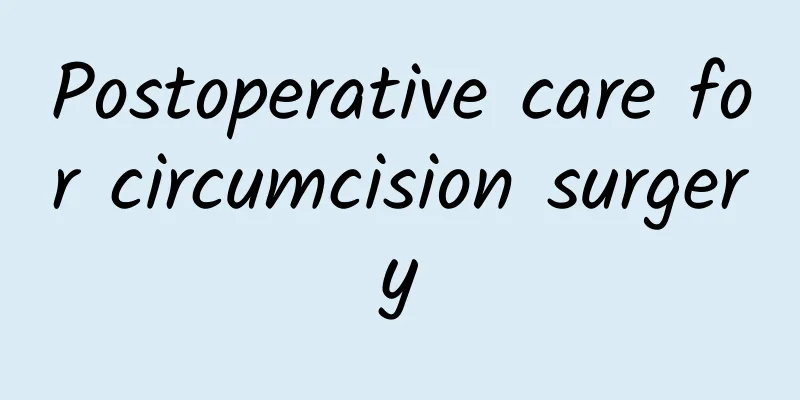What are the symptoms of obstructive azoospermia?

|
Obstructive azoospermia will affect and hinder male fertility, which can be divided into different categories, including intratesticular obstruction, epididymal obstruction, and vas deferens obstruction. Therefore, the treatment of these diseases should be carried out actively. 1) Intratesticular obstruction: It accounts for 15% of obstructive azoospermia, and is more often caused by acquired factors than congenital factors (causing functional disorders between the testicular rete and the testicular efferent duct). Acquired factors such as inflammatory and traumatic obstruction are often accompanied by obstruction of the epididymis and vas deferens. 2) Epididymal obstruction: Epididymal obstruction is the most common cause of obstructive azoospermia, accounting for 30-67% of azoospermia with FSH less than 2 times the upper limit of normal. Congenital epididymal obstruction is often accompanied by congenital bilateral absence of the vas deferens (CBAVD). 82% of these cases have at least one fibrocystic disease gene mutation, which is often accompanied by the absence of the distal part of the epididymis and hypoplasia of the seminal vesicle. Other congenital causes are very rare (obstruction of the connection between the epididymal collecting duct and the testicular efferent duct, partial hypoplasia or aplasia of the epididymis). Congenital epididymal obstruction also includes YOUNG's syndrome, and the cause of obstruction is mainly due to fibrosis in the lumen of the proximal epididymal duct. Acquired epididymal obstruction mainly results from acute epididymitis (gonococcal) and subclinical epididymitis (such as chlamydia). Acute or chronic trauma can also cause epididymal damage. 3) Vas deferens obstruction The most common cause of vas deferens obstruction is vasectomy for birth control. About 2-6% of patients require vasectomy reversal and anastomosis. During vasectomy, 5-10% of cases are found to have epididymal obstruction due to rupture of the epididymis, which often requires epididymal vasectomy. Vasectomy obstruction can also occur after hernia repair surgery. CBAVD is the most common congenital cause of vas deferens and is often a complication of fibrocystic disease. Unilateral vas deferens agenesis or partial absence is often accompanied by contralateral spermatic tract abnormalities in 80% and renal dysplasia in 20%. Distal vas deferens obstruction is mainly caused by CBAVD or damage during hernia repair surgery. 4) Ejaculatory duct obstruction: Ejaculatory duct obstruction accounts for 1-3% of obstructive azoospermia, and the main causes are cystic and inflammatory. Cystic ones are usually congenital (Müllerian duct or urethrogenital sinus cyst, ejaculatory duct cyst). When the Müllerian duct cyst is present, the ejaculatory duct is displaced laterally due to the compression of the cyst. The urethrogenital sinus cyst is connected to the ejaculatory duct on one side or both sides. Congenital or acquired complete ejaculatory duct obstruction is often accompanied by low semen volume, fructose deficiency and acidic pH. The seminal vesicle is usually enlarged (anteroposterior diameter greater than 15 mm). |
<<: How to solve the problem of insomnia in men during menopause?
>>: Men's symptoms of qi and blood deficiency need to be replenished in time
Recommend
What causes excessive penis sensitivity?
The glans penis is the first sexual sensitive are...
Is a man's body dirty? These three parts are absolutely impossible to clean
Whether men are dirty or not is really a matter o...
Treatment for hiccups in the elderly
I believe everyone knows that an old person in th...
What's the matter with the red bump on the glans?
The most important organ in the body of many male...
What are the dangers of drinking Coke for boys?
Coca-Cola is a very common soft drink, which cont...
What is the effect of chest X-ray on sperm?
Because the amount of radiation used in chest X-r...
Damp scrotum and sweaty groin
Scrotal dampness is not necessarily a psychologic...
What are the typical symptoms of bladder stones?
Bladder stones are a common urinary system diseas...
How to treat severe prostate calcification?
Men over 40 should pay attention to regular prost...
How can men lose weight on their legs?
Not only women want to have slender legs, men als...
Middle-aged men should manage their bodies like this
From the moment a child is wrapped in swaddling c...
How long is considered premature ejaculation?
For many male friends, premature ejaculation is a...
Is there any relationship between a boy's first ejaculation and his height?
Spermia is a normal physiological phenomenon for ...
What to do if a man has kidney deficiency
Both men and women are very likely to suffer from...
How to improve sexual function?
Every man wants to have a stronger sexual functio...









